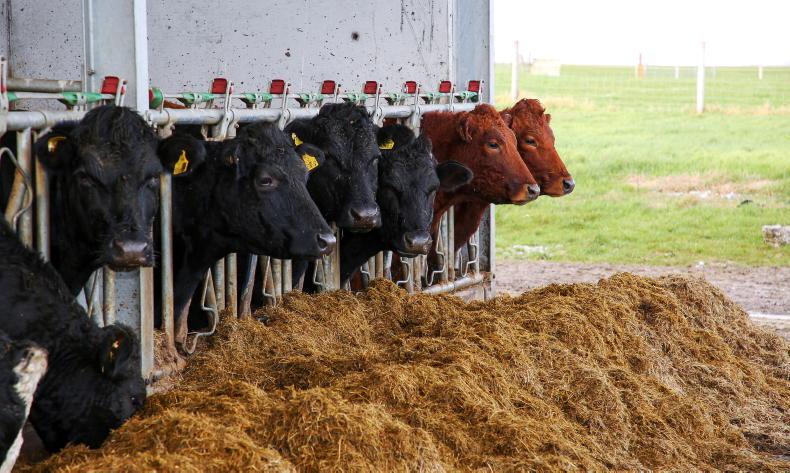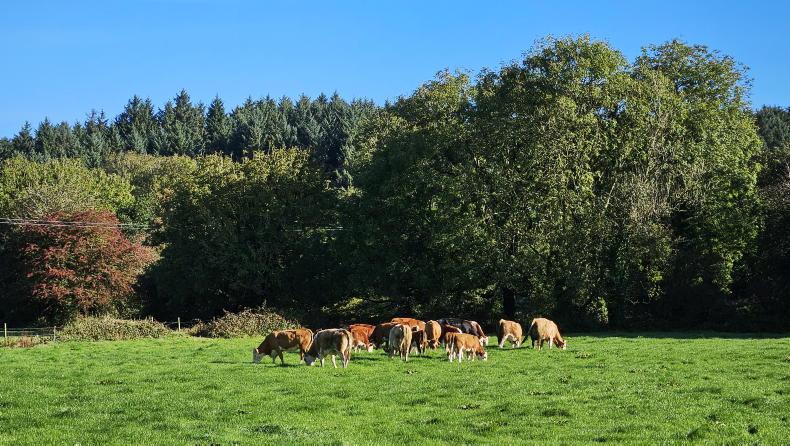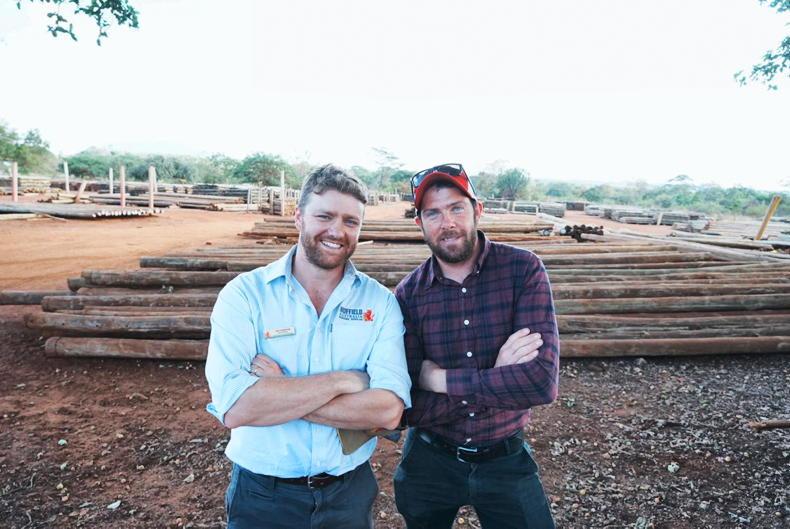Torrential rain, wind and snow in some places has put an end to the extended grazing season this autumn.
Getting to the middle of November was a bonus for most farmers and it has certainly felt like it has shortened the winter.
Now though, cows are fully housed and in most cases continue to milk indoors from a silage and meal diet.
Spring calving cows are in late lactation and first calvers, early calvers and thin cows should be dried off by now to give them sufficient time to recover before they calve again in January or February.
Some spring calving farmers are asking about how much meal to feed to milkers now, considering the all-silage diet.
The milk price is now similar enough to what it was in 2022, being just a few cent/litre behind the 2022 peak price.
The milk payments for October milk supplies hit the accounts last week and when fat and protein top-ups are included, the average price received was over 66c/l including VAT.
With meal prices in or around €300/t, it means that the milk to meal price ratio is around 2:1 whereas it is normally around 1:1.
The thing to remember though is that the economics of meal feeding are based on the response to meal, not just the meal to milk price ratio.
What the response to meal feeding is will depend on a number of factors including genetics, silage quality and stage of lactation.
As a rule of thumb it is typically around 0.75kg of milk for every 1kg of meal fed. This means that for every 1kg of meal fed, an extra 0.75kg of milk will be produced.
To put this into money terms, spending 33c/kg DM on meal will generate about an extra 50c in milk sales, presuming the received milk price is 66c/l.
That is still showing a return from feeding concentrate but the thing to remember is that the law of diminishing returns will apply as the response from the first kilo of meal fed won’t be the same as the response from the fifth kilo fed.
I see some farmers are feeding stale cows up to 6kg/day of meal. In my view, this is far too high a feeding rate and I would suspect the last two or three kilos of meal are delivering little or nothing in extra milk volume and is instead making cows fat.
Feeding good quality silage and 3kg or 4kg of meal to cows in late lactation is probably close to optimum given where the milk and meal price dynamics are it.
Controlling feed costs when milk price is high is as important as when milk price is low as the ultimate aim is to maximise margin.










SHARING OPTIONS